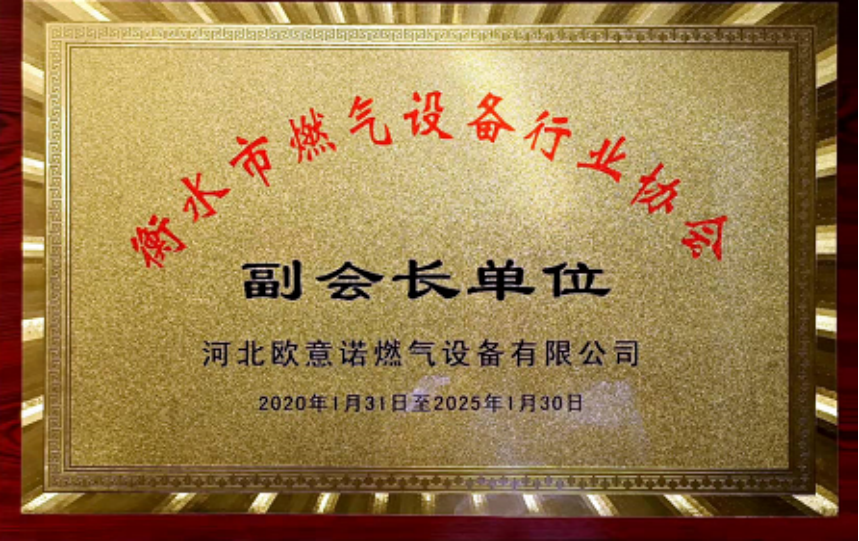
Nov . 10, 2024 23:15
Back to list
Pressure Regulation Device for Efficient Fluid Control and Flow Management Solutions
Understanding Pressure Reducing Devices Function, Types, and Importance
Pressure reducing devices are essential components used in various applications to maintain safe and stable pressure levels in fluid control systems. These devices play a pivotal role in industries such as oil and gas, water distribution, and HVAC (Heating, Ventilation, and Air Conditioning). By regulating the pressure of gases and liquids, pressure reducing devices ensure the safety and efficiency of equipment and processes, preventing potential hazards caused by excessive pressure.
What are Pressure Reducing Devices?
A pressure reducing device, commonly known as a pressure regulator, is a mechanical device designed to lower and regulate the pressure of a fluid (gas or liquid) from a higher inlet pressure to a desired outlet pressure. These devices are crucial for maintaining the desired operating conditions without risking equipment damage or operational inefficiencies.
How Do Pressure Reducing Devices Work?
At the core of a pressure reducing device lies a pressure-sensitive mechanism that responds to changes in the inlet pressure and the flow rate. When the inlet pressure exceeds the preset level, the regulator automatically adjusts, reducing the flow area or altering the path of the fluid. This adjustment allows for the achievement of a steady and controlled output pressure.
Typically, a pressure reducing device consists of key components such as a pressure spring, diaphragm, and valve seat, which work together to achieve the desired pressure differential. The design ensures that the fluctuations in inlet pressure do not translate into significant changes in outlet pressure.
Types of Pressure Reducing Devices
1. Diaphragm Regulators These are the most common type of pressure reducing devices. They utilize a flexible diaphragm that moves in response to pressure changes, effectively controlling the flow of fluid. Diaphragm regulators are ideal for applications that require precise pressure regulation.
2. Piston Regulators In piston regulators, a piston acts similarly to a diaphragm, adjusting to changes in pressure. These devices are particularly suited for high-pressure applications due to their robust construction.
pressure reducing device

3. Spring-loaded Regulators These devices use spring tension to maintain the desired outlet pressure. When the pressure exceeds the set point, the spring compresses, which opens the valve and allows more fluid to flow, thus reducing pressure.
4. Electronic Regulators With advancements in technology, electronic pressure regulators are becoming more prevalent. They incorporate sensors and microprocessors to provide precise control and are particularly useful in applications requiring real-time monitoring and adjustment.
Importance of Pressure Reducing Devices
The significance of pressure reducing devices cannot be overstated. They provide several vital benefits
- Safety Excessive pressure can lead to catastrophic failures, equipment damage, and safety hazards. Pressure regulators mitigate these risks by ensuring that the pressure stays within safe operating limits.
- Efficiency By maintaining optimal pressure levels, these devices enhance the efficiency of equipment, leading to lower energy consumption and operational costs.
- System Protection Many systems, especially in chemical processing or water distribution, depend on specific pressure levels to function correctly. Pressure reducing devices protect these systems from damage due to pressure surges or drops.
- Regulatory Compliance In many industries, maintaining specific pressure levels is essential for complying with safety regulations. Using pressure reducing devices aids in achieving these compliance standards.
Conclusion
Pressure reducing devices are critical in various industries, ensuring safety, efficiency, and operational reliability. With advancements in technology, the evolution of these devices continues, offering more precise and responsive solutions to meet the ever-increasing demands of modern applications. Understanding their function and the types available is essential for engineers and technicians who design, maintain, and operate fluid control systems. The effective application of pressure reducing devices not only enhances system performance but also contributes significantly to overall operational safety and efficiency.
Latest news
-
Safety Valve Spring-Loaded Design Overpressure ProtectionNewsJul.25,2025
-
Precision Voltage Regulator AC5 Accuracy Grade PerformanceNewsJul.25,2025
-
Natural Gas Pressure Regulating Skid Industrial Pipeline ApplicationsNewsJul.25,2025
-
Natural Gas Filter Stainless Steel Mesh Element DesignNewsJul.25,2025
-
Gas Pressure Regulator Valve Direct-Acting Spring-Loaded DesignNewsJul.25,2025
-
Decompression Equipment Multi-Stage Heat Exchange System DesignNewsJul.25,2025

